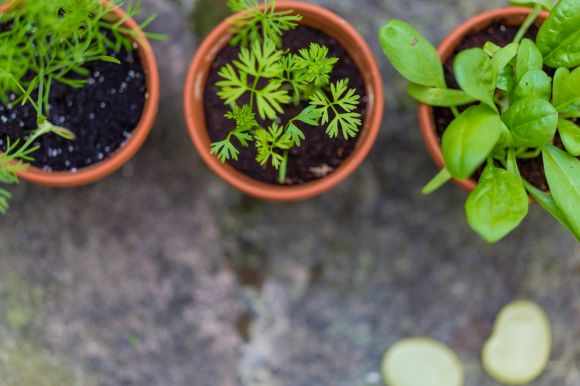Crop rotation is a vital practice in gardening that involves systematically changing the crops grown in a particular area each year. This process helps to maintain soil fertility, manage pests and diseases, and promote overall plant health. While it may seem like a complex task, planning crop rotation in a small patch can be done effectively with a few key considerations. In this article, we will explore the steps involved in planning crop rotation in a small patch.
Assess Your Soil’s Health
Before starting the crop rotation planning process, it is important to assess the health of your soil. Different crops have varying nutrient requirements, and understanding the nutrient levels and pH of your soil will help you determine which crops are suitable for rotation. Conduct a soil test to determine the nutrient content and pH levels, and make any necessary amendments to bring the soil into optimal condition.
Group Crops Based on Their Nutrient Needs
Once you have a clear understanding of your soil’s health, the next step is to group crops based on their nutrient needs. Crops can generally be classified into three groups: heavy feeders, moderate feeders, and light feeders. Heavy feeders, such as corn and tomatoes, require high levels of nutrients, while light feeders, like beans and onions, have lower nutrient requirements. By grouping crops based on their nutrient needs, you can avoid planting heavy feeders in the same area year after year, preventing nutrient depletion and ensuring balanced soil fertility.
Consider Pest and Disease Management
Another important factor to consider when planning crop rotation is pest and disease management. Certain pests and diseases have a preference for specific crops, and by rotating crops, you can disrupt their life cycles and reduce the risk of infestation. For example, if you had a problem with tomato blight in one season, avoid planting tomatoes in the same area the following year. Instead, opt for crops that are less susceptible to the disease, such as leafy greens or root vegetables. This practice helps to break the cycle of pests and diseases, reducing the need for chemical interventions.
Implement a Crop Rotation Schedule
With all the necessary information in hand, it’s time to implement a crop rotation schedule. Start by dividing your small patch into sections or beds, and assign each bed to a specific crop group. Rotate the crop groups from one bed to another each year, following a specific sequence. It is generally recommended to rotate crops in a three-year cycle, but this can vary depending on the size of your patch and the number of crops you plan to grow. Keep track of your crop rotation schedule by creating a simple diagram or spreadsheet, ensuring that you follow it diligently.
Monitor and Adapt
Crop rotation is not a one-time task; it requires ongoing monitoring and adaptation. Keep a record of the crops you have grown in each bed and any issues you have encountered, such as pest infestations or nutrient deficiencies. This information will guide your future crop rotation decisions and enable you to make any necessary adjustments to optimize your results. Additionally, observe the health and productivity of your crops throughout the growing season, making note of any improvements or setbacks that can inform your future rotation plans.
In conclusion, planning crop rotation in a small patch is a valuable practice that can benefit the overall health and productivity of your garden. By assessing your soil’s health, grouping crops based on their nutrient needs, considering pest and disease management, implementing a crop rotation schedule, and monitoring and adapting as needed, you can successfully plan and execute crop rotation in your small patch. With proper planning and attention to detail, you can ensure the long-term success of your garden while enjoying a diverse range of crops each year.





